If you’ve ever wondered why Eric Van Lustbader is under ‘L’, but Elizabeth von Armin is under V, what the deal is with Mcs and Macs, or how to decipher local studies stickers, read on as we decipher the secrets of shelving!
Fiction: A-Z, Easy Peasy?
All our fiction books are shelved alphabetically under the author’s last name. That’s the general rule.
In our Libraries we have separate sections for General Fiction, Crime, Sci-Fi, Large Print, Horror, Anthologies and Classics but they follow the same shelving rules. They will have stickers on the spines to show you what types of book they are. Some authors, such as Christopher Brookmyre, have books in three separate sections!
Seems easy, right? But some names are not so straightforward….
Smith, Smith and Smith…
There are lots of authors with the same last name! In these cases they are shelved together but in order of the first name so Zadie, Ali and Wilbur will be shelved:
Ali Smith
Wilbur Smith
Zadie Smith
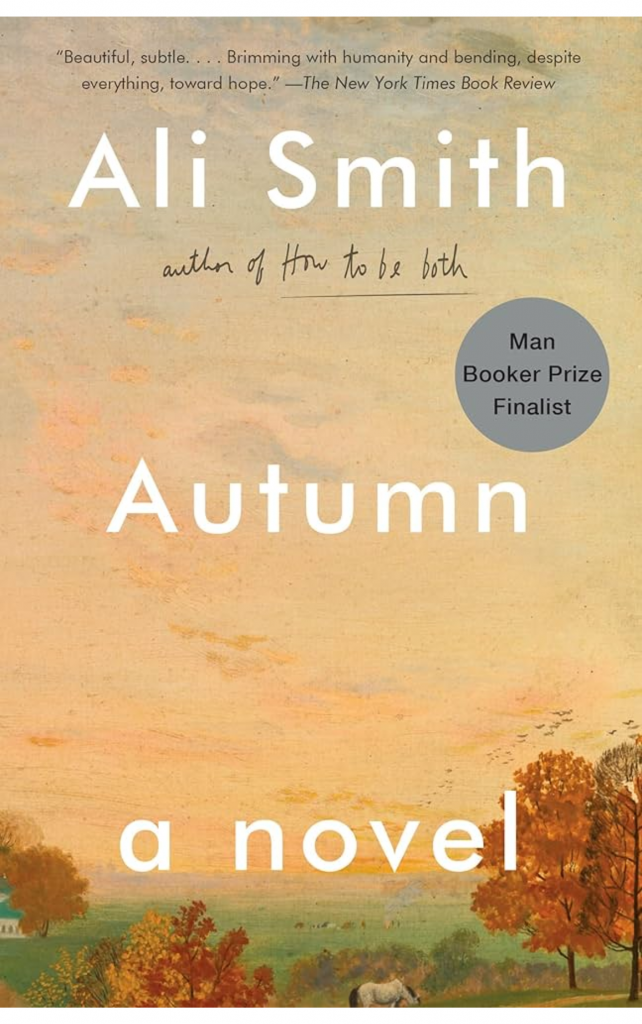
Smith,
Ali
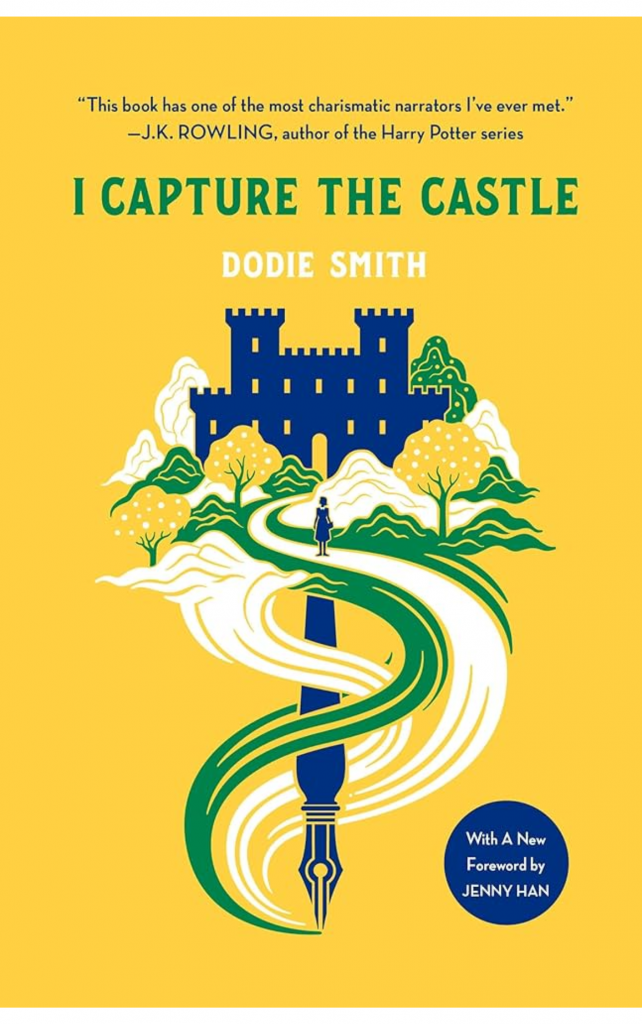
Smith,
Dodie

Smith,
Dominic
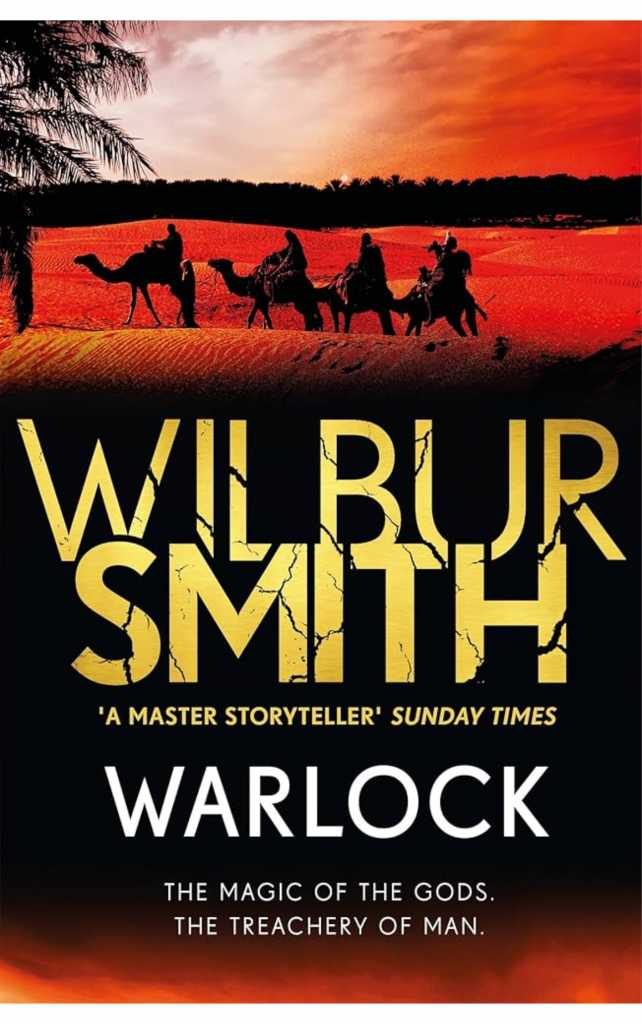
Smith,
Wilbur

Smith,
Zadie
Hyphenation is the key!
Double barrelled names are pretty common, but where to find them? We always use the first letter of the last name, not the first letter of a surname; an important difference!
Names that are hyphenated, such as ‘Harrod-Eagles’ are shelved under ‘H’, because the hyphen joins them together making ‘Harrod-Eagles’ the whole last name.
Names that aren’t joined, like ‘McCall Smith’ might both be surnames, but Smith is the last name so they are shelved under ‘S’.

Michael Feeney Callan
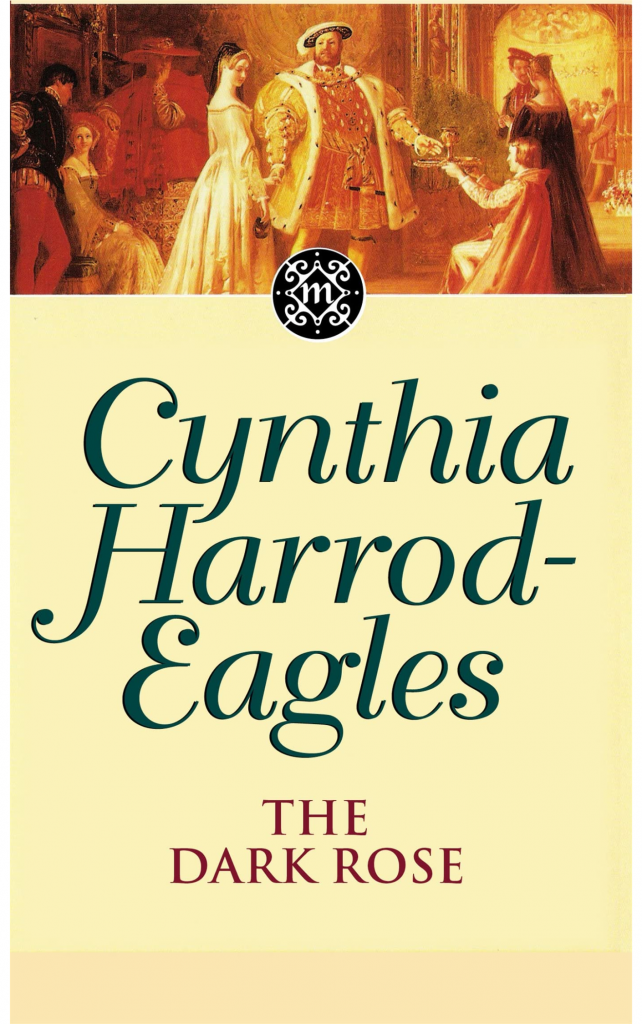
Cynthia Harrod-Eagles
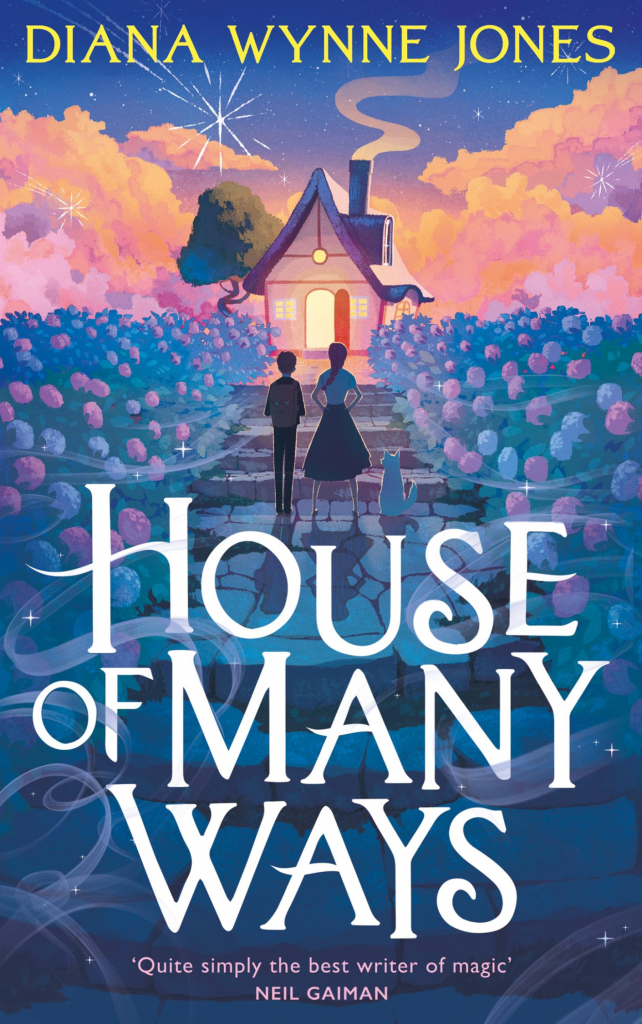
Diana Wynne Jones

Alexander McCall Smith

Lemon Yeo-Sun
Mc and Mac and O!
Mc and Mac are considered to be the same thing (for shelving purposes!) and are always placed at the beginning of the ‘M’s. They are then ordered alphabetically by the next part of the last name, so the beginning of the ‘M’ section may look like this:

Cormac McCarthy
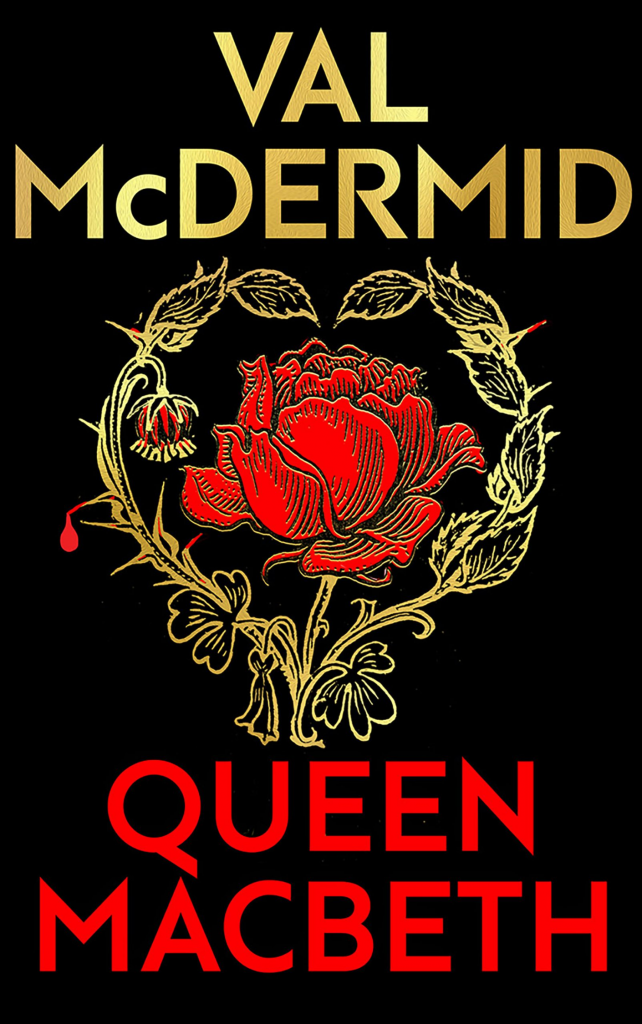
Val McDermid

Helen MacDonald

Asia Mackay

Ken Macleod
O’s, such as O’Keefe, are not separated from standard alphabetical shelving, so the ‘O’ section may look like this:
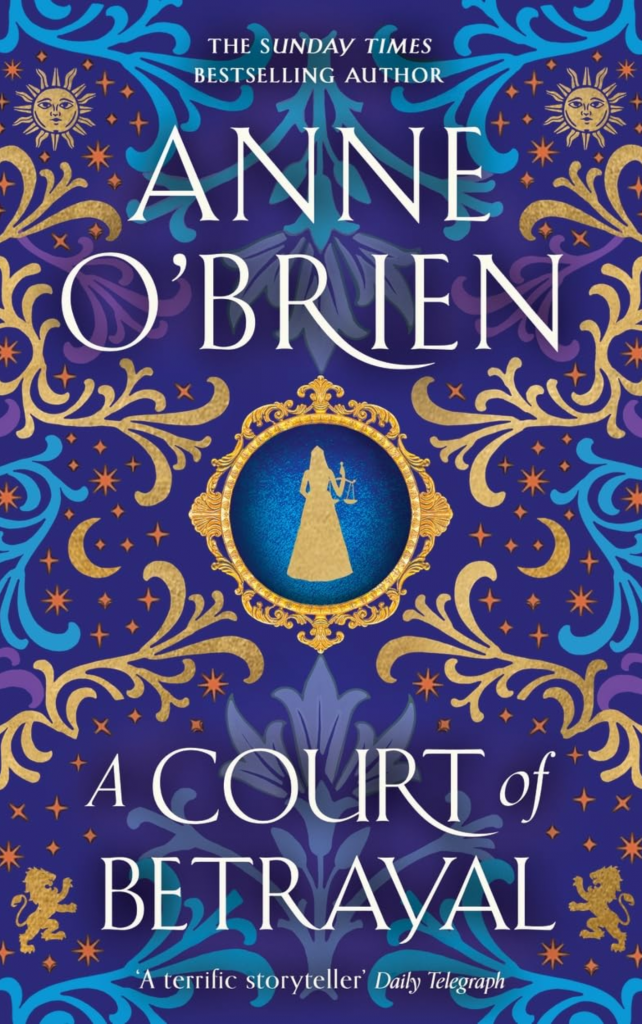
Anne O’Brien

Beth O’Leary
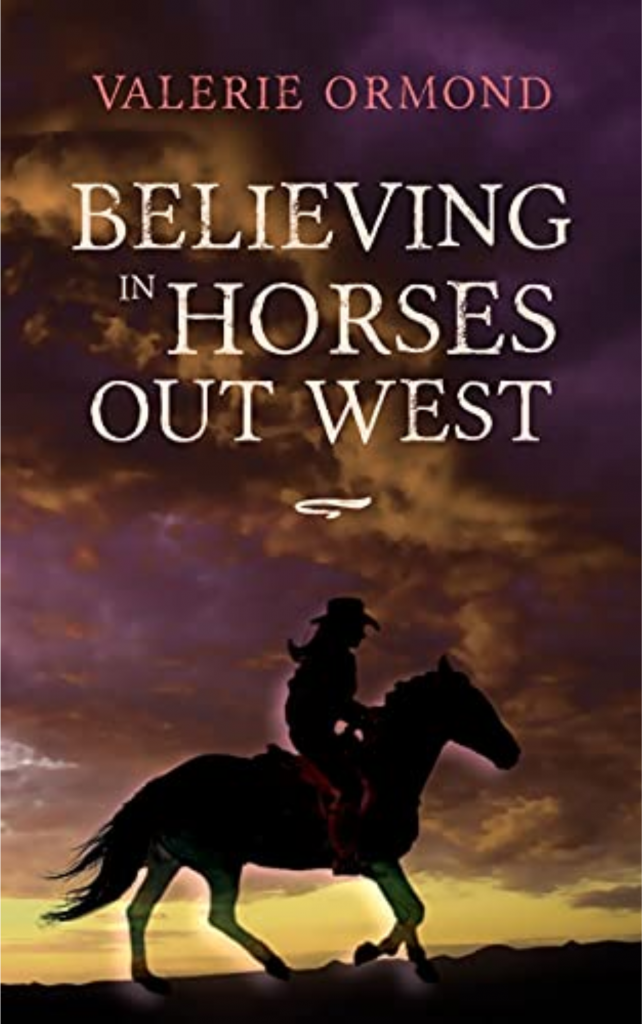
Valerie Ormond
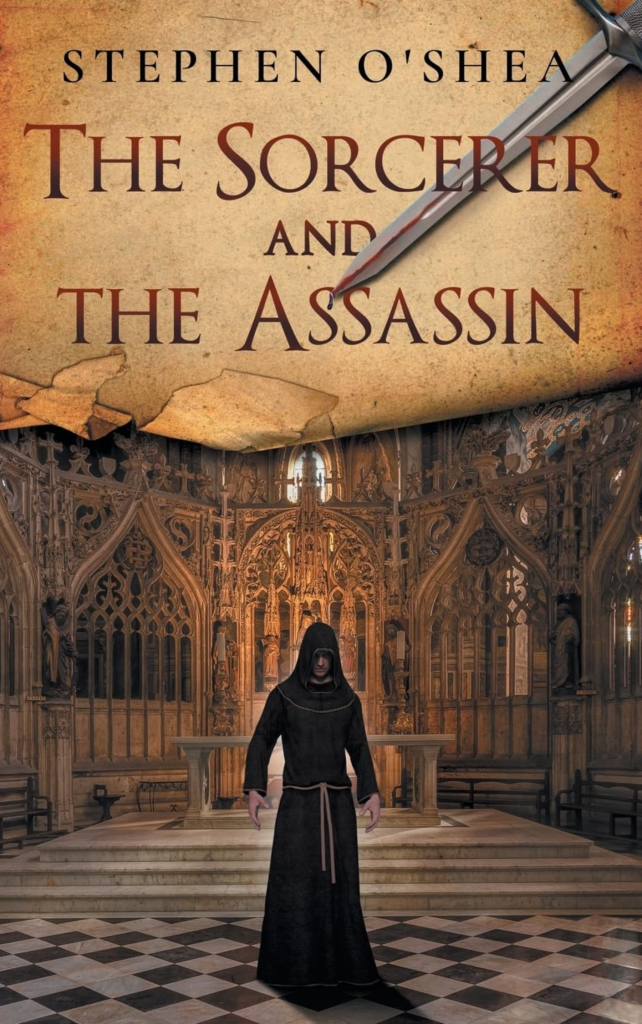
Stephen O’Shea

Richard Osman
Prefix? Middle Name?
This is where it gets difficult!
du, le, de la and von are all prefixes to the last name so we ignore the space and treat them as the start of the last name. For example, these authors are shelved using the beginning of the prefix:
Daphne du Maurier is under ‘D’
John le Carre is under ‘L’
Elizabeth von Armin is under ‘V’
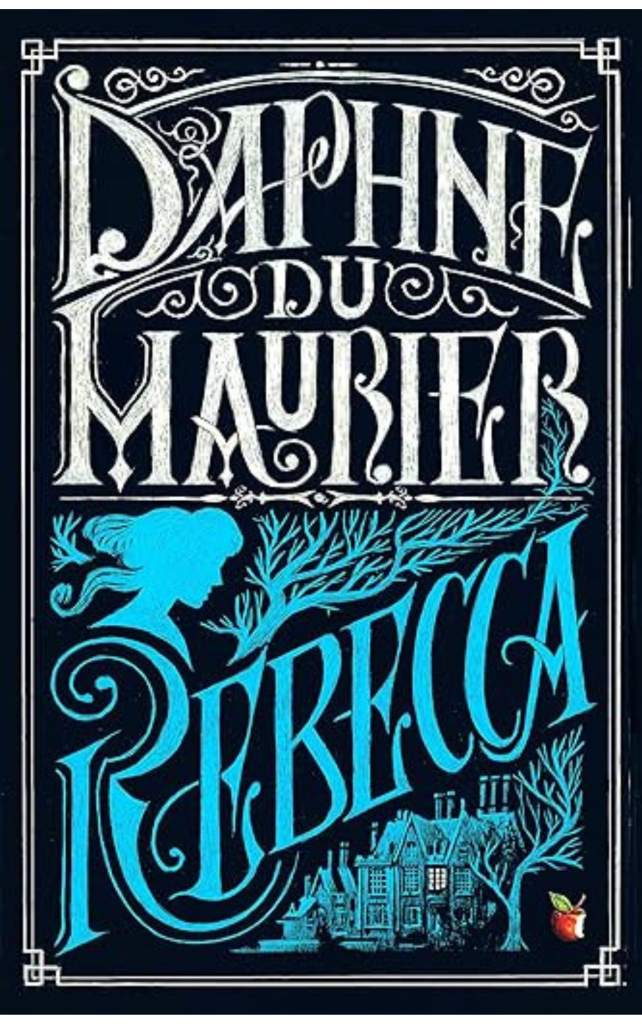
Daphne du Maurier
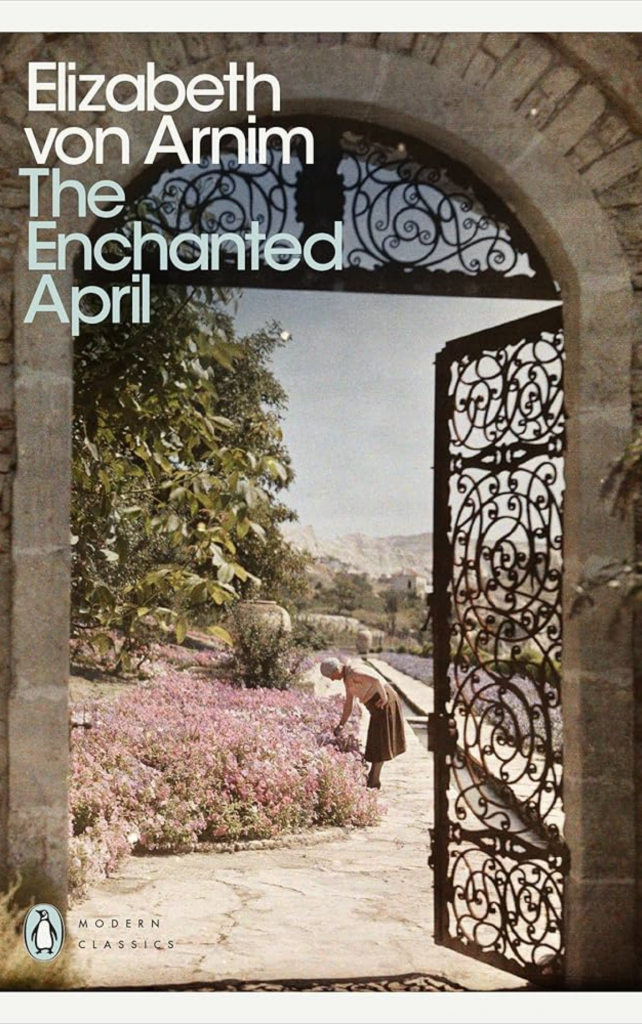
Elizabeth von Arnim
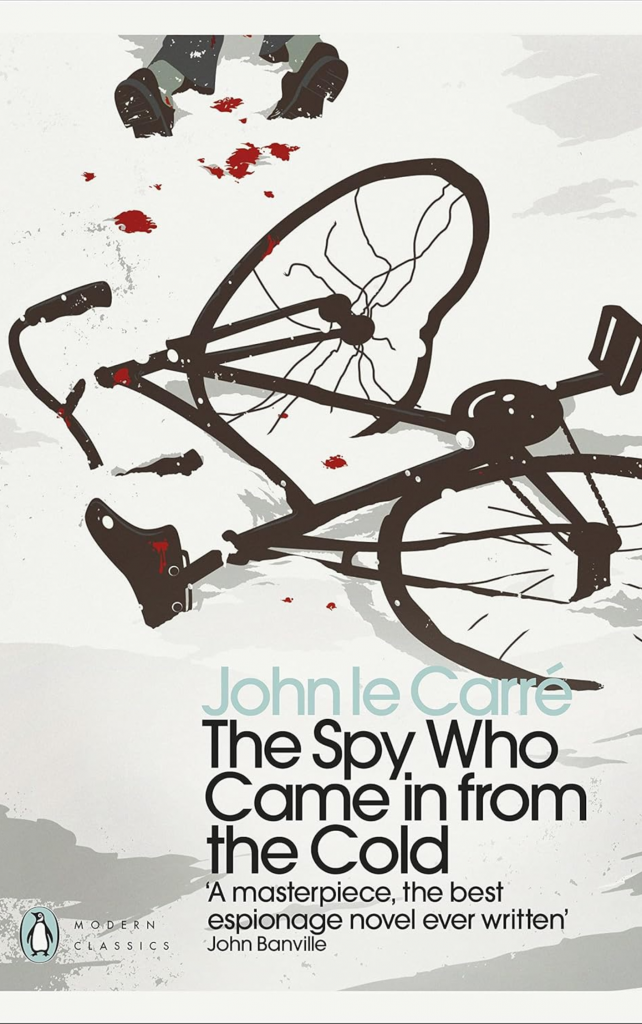
John le Carré

Matt de la Pena
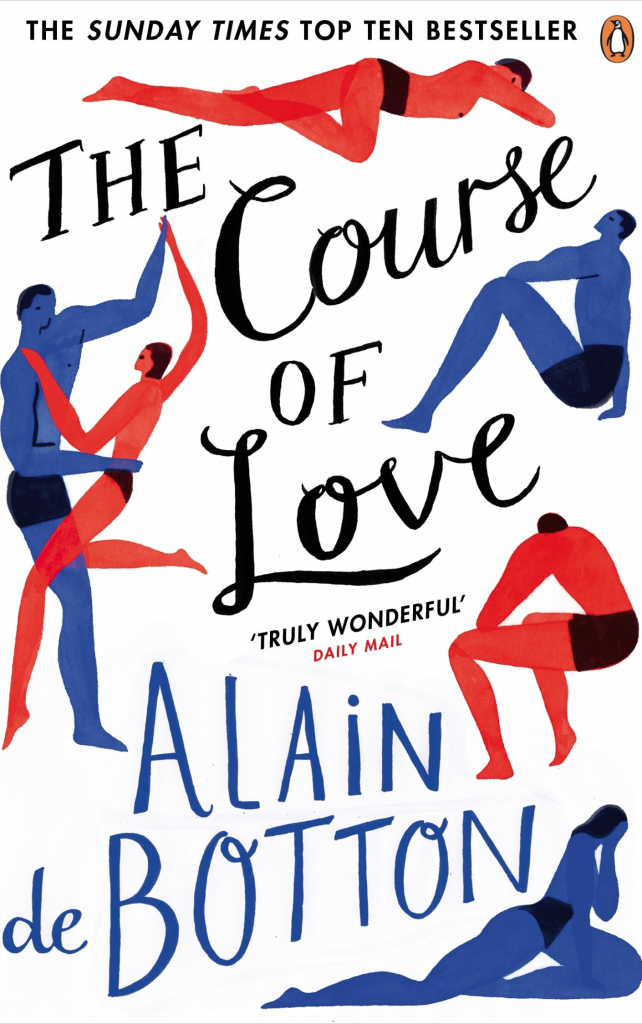
Alain de Botton
‘von’ is a prefix, but ‘Van’, such as Eric Van Lustbader, is a surname so ‘Van Lustbader’ is treated as a non-hyphenated double name, and shelved under ‘L’!
Princesses, Dames and Misses!
Titles are ignored in shelving and we stick to last names, so Dame Judy Dench is under ‘D’ for Dench and Miss Read is under ‘R’ for Read.
The really tricky ones are royalty! Because we ignore titles and royalty don’t use their last names, Princess Michael of Kent is shelved under ‘M’!
‘Princess’ and ‘of Kent’ are both titles and an alternative last name such as Windsor isn’t used, so we’re left with ‘M’ for Michael.
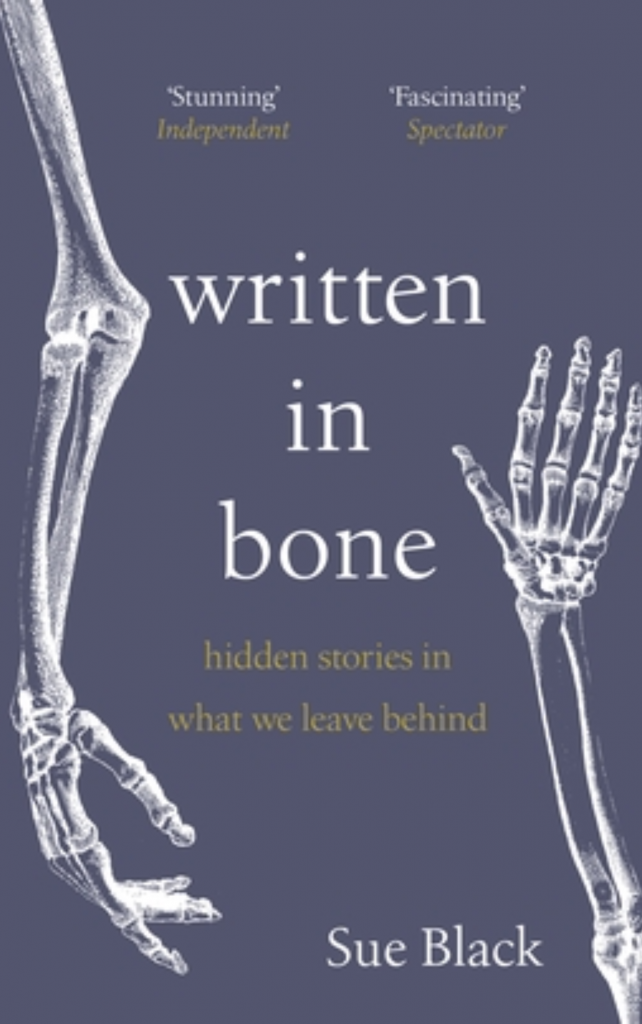
Dame Sue Black

Dame Judi Dench

Prince Harry
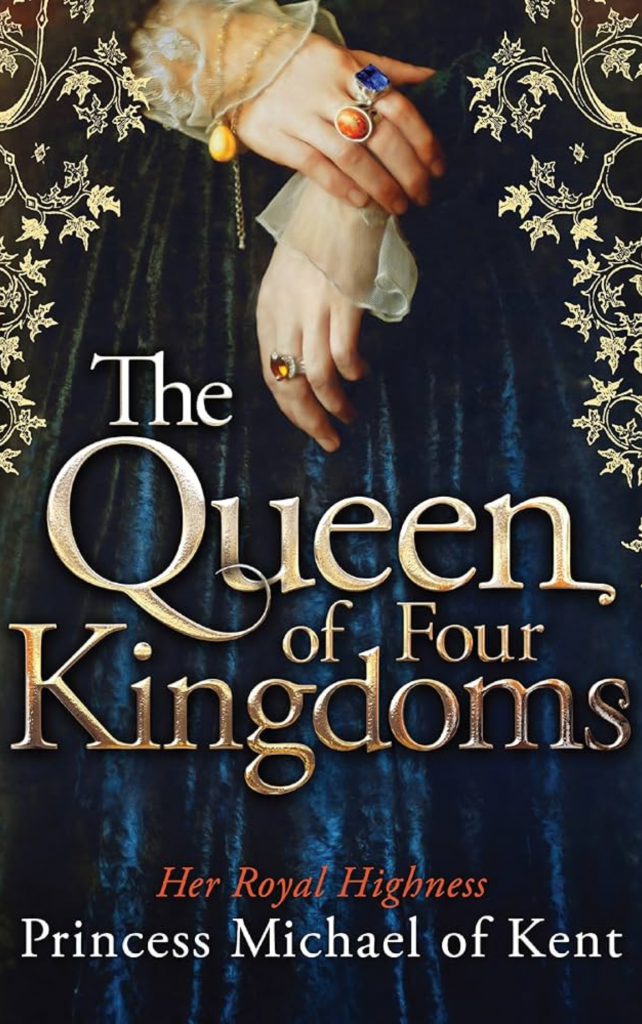
Princess Michael of Kent
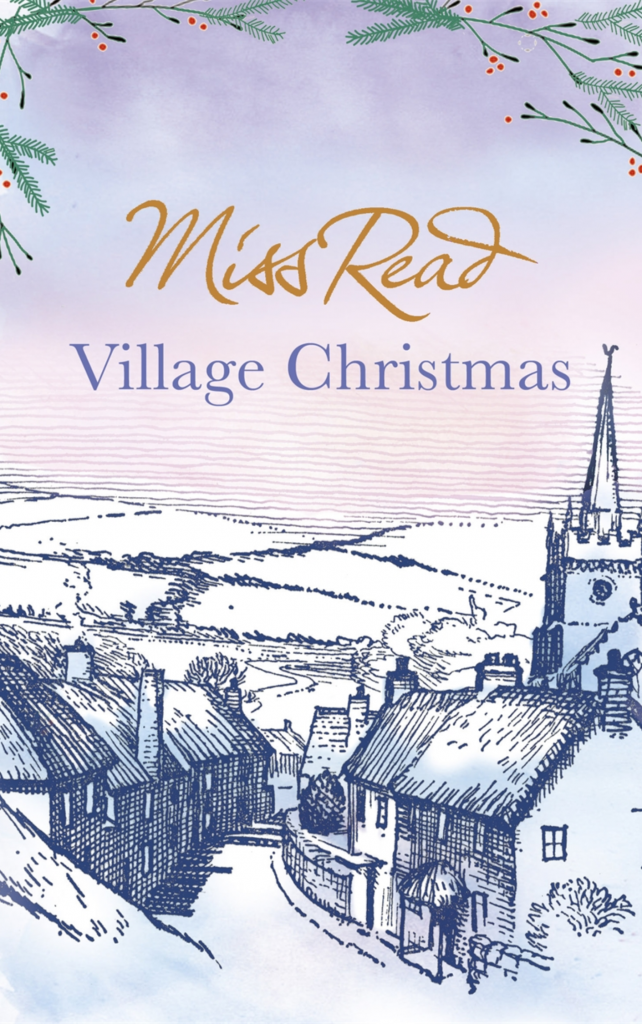
Miss Read
You may have noticed something funny with the above examples – they’re not all fiction! That’s because there aren’t many authors who fall under this rule (thankfully!).
Non-Fiction: Start Counting!
The Dewey Decimal Classification system (DDC)
In all of our libraries non-fiction books are arranged by subject using the DDC. Each book is assigned a number, which can be seen on a sticker on the spine. This is often referred to as the Class Mark, or the Shelf Mark. It is also known as the Dewey number.
Don’t worry, you aren’t expected to remember the Dewey classifications for every subject, but it is useful to understand how the system works!
The first three digits on the spine label will denote the broad subject area, for example:
028: Reading and use of other information media
320: Political science
613: Personal health and safety
690: Construction of buildings
940: History of Europe
The digits after the decimal point indicate more detail of the subject that the book is covering.
028.9: Reading and use of other information media > Character of reading in libraries
320.1: Political science > The State
613.2: Personal health and safety > Dietetics
690.8: Construction of buildings > Residential buildings
940.5: History of Europe > 1918-
Books may have up to three decimal points, depending on how specific they are. See the books below, and where they fit in the DDC.
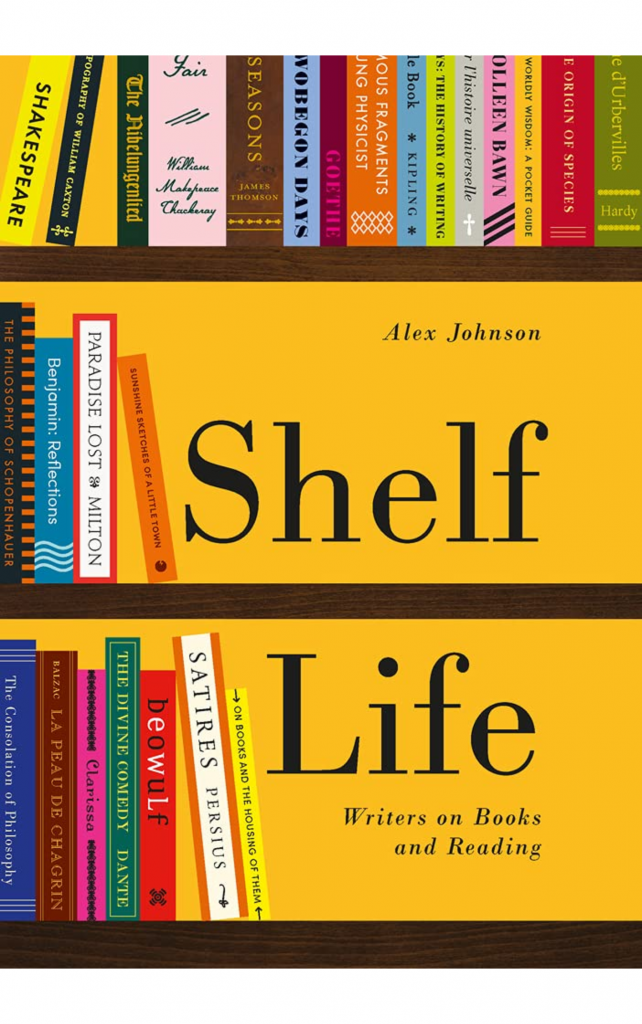
028.9

320.12

613.208

690.89

940.542
The full classification for ‘D-Day, Minute by Minute’ can be broken down like this:
940: History of Europe
940.5: History of Europe > 1918-
940.54: History of Europe > 1918- > Military history of World War II
940.542: History of Europe > 1918- > Military history of World War II > Campaigns and battles by theatre
All adult non-fiction books are shelved in strict numerical order by the numbers on the spines of each book. Numbers after the decimal point are not a complete number.
For example:
.504 is not a higher number than .54, so 940.504 is shelved before 940.54.
If you want to have some Library-style fun, visit: librarything.com/mds to explore their interactive system (this comes under 025.56!).
Biographies
All biographies are assigned the Dewey number 920 which is then followed by the first three letters of the surname of the book’s subject, not the author. Sometimes biographies are classed without a number and the sticker will have a B/ followed by the letters.
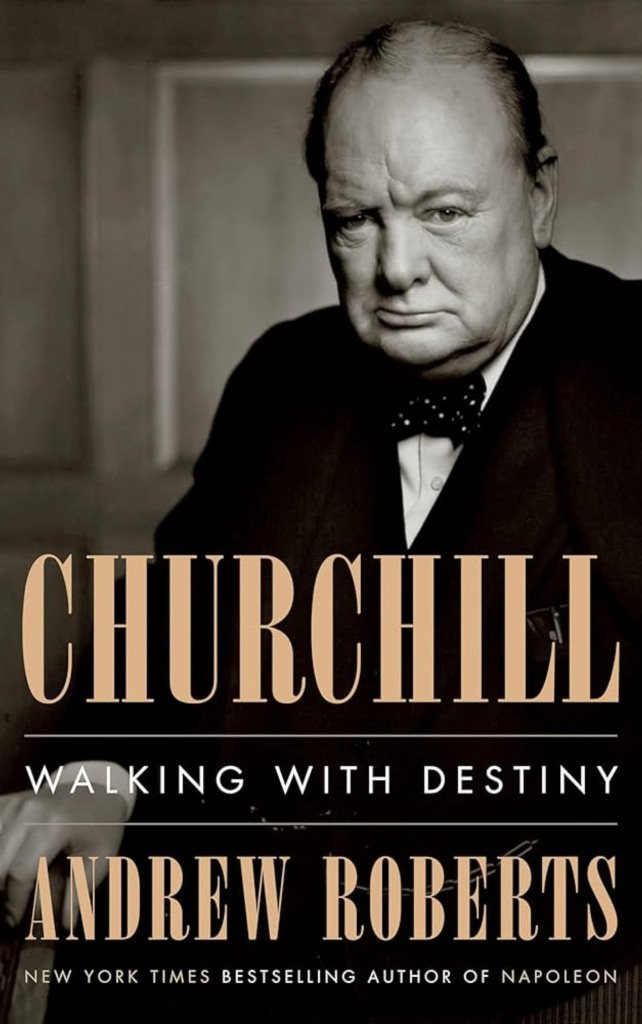
B/CHU
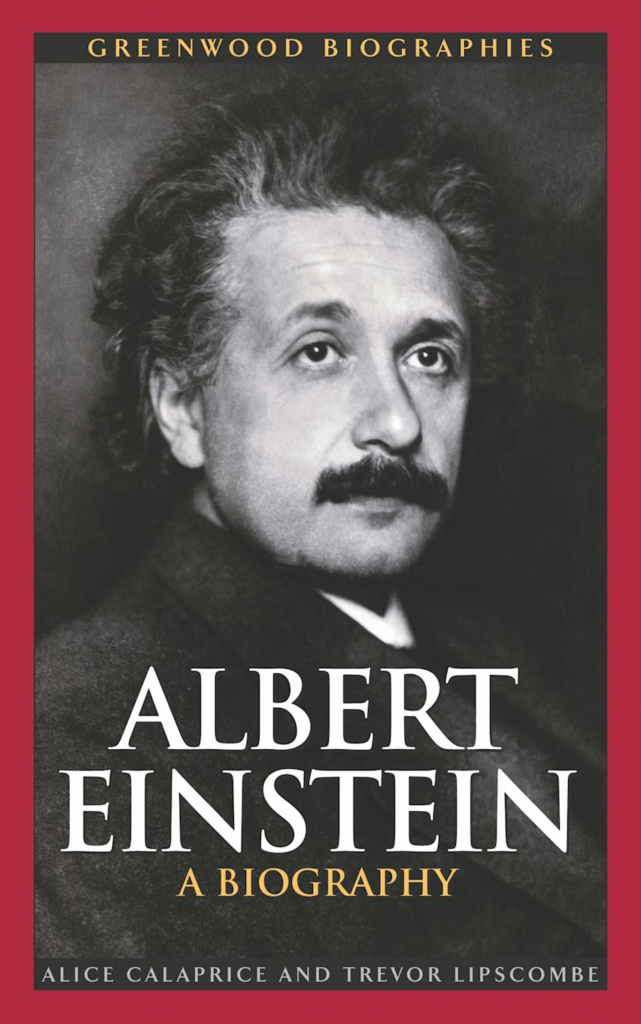
920 EIN

920 KLO
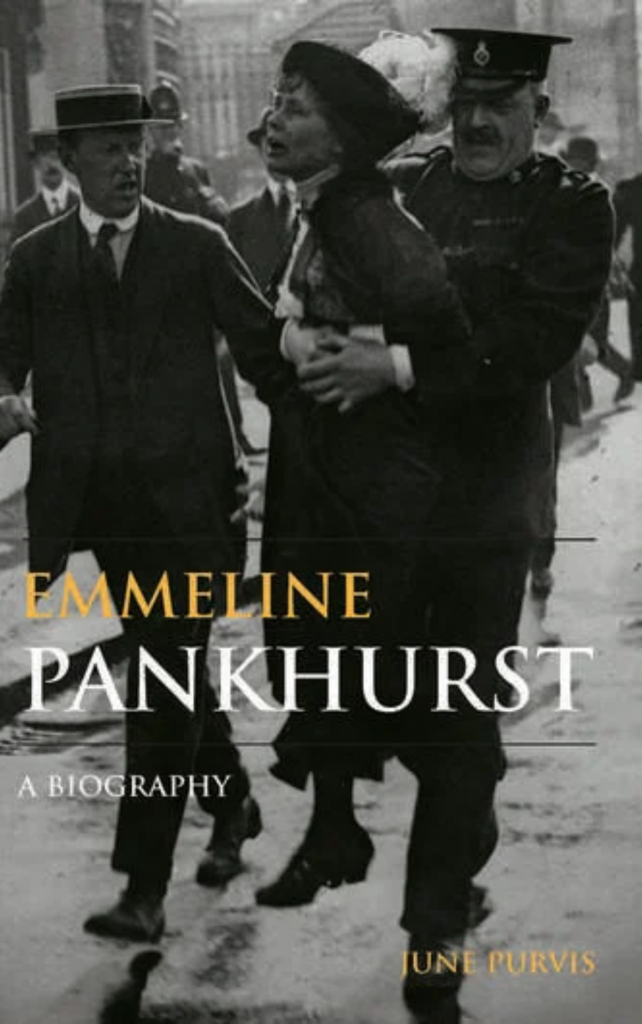
920 PAN
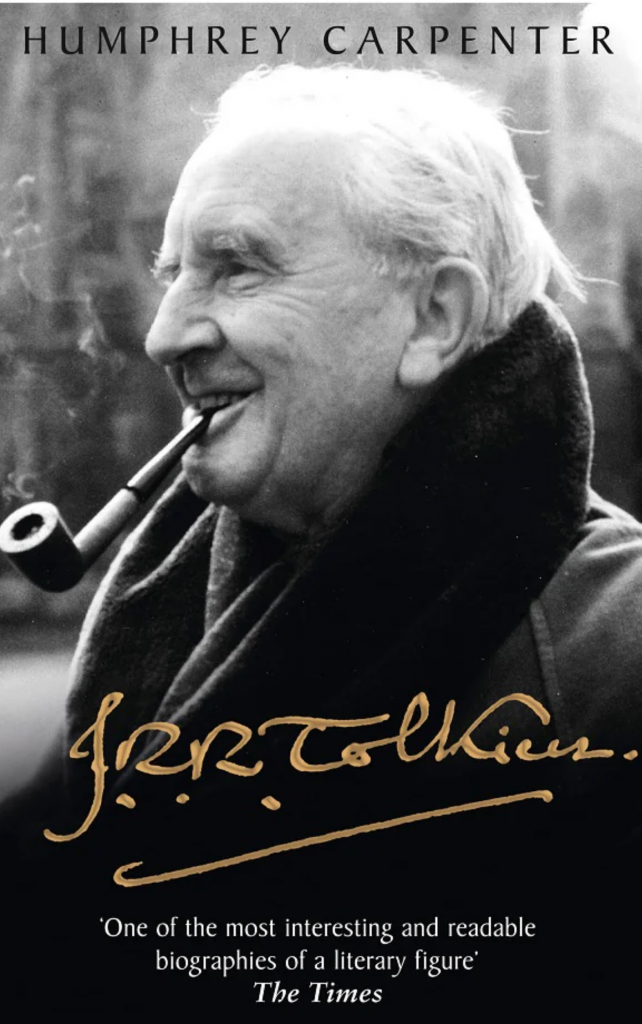
B/TOL
All biographies are shelved alphabetically by the first three letters of the subject’s last name, at the end of the non-fiction sequence.
Local Studies
Local studies books use the Dewey Decimal system but look a bit more complicated. They are prefixed with a letter indicating an area, and suffixed with the first three letters of the author or editors name (as so many share the same classification).
The area classes are:
B = Bath
L = Local (wider Bath environs)
S = Somerset
G = Bristol and Gloucestershire
W = Wiltshire
For example, the class for ‘Stuart Bath: Life in the Forgotten City’ by John Wroughton is:

B942.398 WRO
B: Bath
942.398: History of Bath and Bristol
WRO: Wroughton, J (Author)
Local Studies items are shelved by area, then follow standard non-fiction shelving by the first three digits, second three digits, then alphabetically by the three letters.
Basically, break the whole class down and work your way through each letter and number, starting at the beginning!
Testing, Testing, 1, 2, 3…
You’ve read the guidelines, now test your knowledge!
Get 4 out of 5 questions right to pass, good luck!
Results
#1. Where would you shelve Sir Arthur Conan Doyle’s Sherlock Holmes series?
Here’s why…
Sherlock Holmes is a brilliant detective, so it’ll be in crime.
We ignore ‘Sir’ as it’s a title
Conan Doyle isn’t hyphenated so the first letter of the last name is ‘D’
#2. You need to shelve ‘Spare’ by Prince Harry. Where should it go?
Here’s why..
It’s a biography
‘Prince’ is a title, which we ignore
The Royals don’t use surnames

#3. Which of the below is most likely to be the correct classification for ‘Bookish: how reading shapes our lives’ by Lucy Mangan?
Here’s why…
This book is non-fiction
It’s about reading
We saw an earlier example (Under ‘Dewey Decimal System’) that was about reading, which had a class of 028
#4. These fiction books have been listed below in the order they should be shelved, but which one is in the wrong place?
Here’s why…
McCall Smith isn’t hyphenated, so should be shelved under ‘S’!
#5. Which of the below should be shelved before all the others?
Here’s why…
The ‘B’ for Bath is before ‘W’ for Wiltshire
Two have the Dewey numbers B826.485
The ‘L’ in ‘LAM’ comes before the ‘P’ in ‘PAR’
We’d love to share more behind the scenes information! Is there something you’ve always wondered about our Library Service?
Email your questions to Library_Events@bathnes.gov.uk




